Our mission is to ensure the sustainable development of the Nord-du-Québec region by offering our consulting services and by developing projects in the areas of integrated land use planning, environment, education and ecotourism.
FaunENord is an essential reference in its field of activity. The organization offers unique, adapted and committed expertise to all communities in Northern Quebec, while creating beneficial and respectful partnerships.
General director
Assistant director
Coordinator
Financial assistant
Project Manager – integrated spatial planning and environment
Project Manager – integrated spatial planning and environment
Project Manager – integrated spatial planning and environment
Project Manager – integrated spatial planning and environment
Project Manager – integrated spatial planning and environment
Project manager, education and ecotourism
Project Manager – agriculture, mushrooms and northern plants
Manager of the Eco-camping of Chibougamau and financial assistant
Vice-President
Administrator
Treasurer
Administrator
Administrator
Administrator
Administrator
Administrator
Administrator – employee member
Chargé(e) de projet – volet aménagement intégré du territoire et environnement
1 mois
Chargé(e) de projet – volet agriculture, champignons et végétaux nordiques
1 mois
No annual report documents available at this time.
No internal policy documents available at this time.
Project titles presented in French – Development, monitoring, and distribution of food from the northern edible forest in Chibougamau
Project titles presented in French – Study of the productivity and profitability potential of edible forest mushrooms associated with grey pine forests
Project titles presented in French – Project to introduce newcomers to ice fishing titled: “The New Northern Fishers”
Project titles presented in French – Awareness-raising on the protection of the shore swallow in Eeyou Istchee Baie-James
Project titles presented in French – Inventory and evaluation of the Billy-Diamond road
Project titles presented in French – Acquisition of knowledge on the yellow rail (Coturnicops noveboracensis) in Eeyou Istchee Baie-James
Project titles presented in french – scientific event that aims to identify local biodiversity
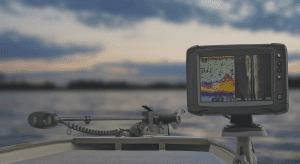
More details will be provided shortly
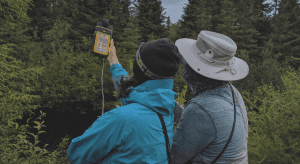
(1) Support in case bats are present in buildings
(2) Bat populations fixed acoustic monitoring (standardized methods following the provincial government protocols)
(3) Bat populations mobile acoustic monitoring (standardized methods following the provincial government protocols)
(4) Bat maternity colonies and hibernation roosts validation and monitoring (standardized methods following the provincial government protocols)
(5) Bat call analyses for species identification
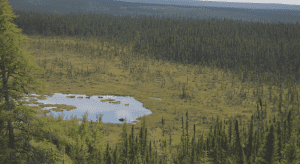
More details will be provided shortly
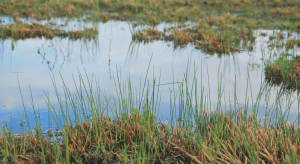
FaunENord provides a complete service, namely:
(1) Analysis of historical topography and aerial photographs
(2) Characterization of watercourses, aquatic habitats and riparian strips
(3) Fauna and flora inventory
Assessment of the presence of potential habitats for threatened or vulnerable species
(4) Delineation and characterization of wetlands
(5) Complete support for obtaining a CA, follow-up with the ministries involved, linking the various actors concerned, preparation and final filing of the required documentation
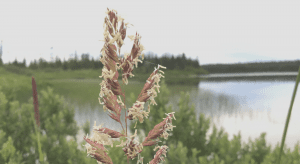
More details will be provided shortly
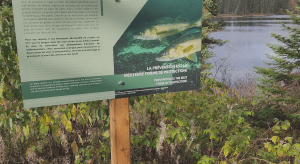
More details will be provided shortly

More details will be provided shortly
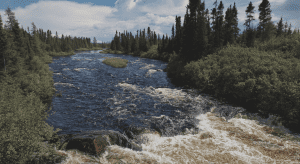
More details will be provided shortly
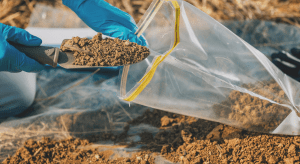
More details will be provided shortly
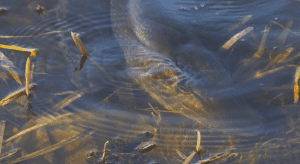
More details will be provided shortly
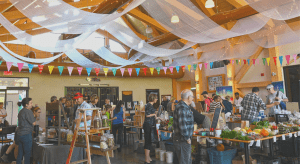
(1) Needs and Objectives Assessment: Evaluate the specific needs of the event and the sustainability objectives that the organizer wishes to achieve
(2) Eco-responsible Planning: Develop a detailed plan to make the event more eco-responsible. This includes selecting sustainable suppliers, waste management, efficient energy use, carbon footprint reduction, etc.
(3) Waste Management: Implement a selective waste sorting system
(4) Sustainable Menu Selection: Provide sustainable menu options, focusing on local, organic, and vegetarian products, while reducing food waste
(5) Communication and Awareness: Communicate the eco-responsible efforts of the event to participants, stakeholders, and the general public to raise awareness of the importance of sustainability
(6) Impact Assessment and Reporting: Evaluate the environmental impact using key indicators and prepare a report on the sustainable performance of the event
(7) Staff Training: Implement eco-responsible practices effectively among the staff
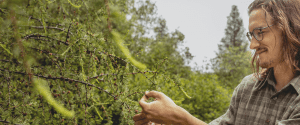
(1) Current Situation Assessment: Thorough analysis of your organization’s current situation, including its activities, environmental and social impact, current sustainability practices, available resources, and potential constraints
(2) Definition of Objectives: Establishing clear and achievable goals for your sustainability policy
(3) Identification of Concrete Measures: Identifying specific actions that your organization can implement to achieve the set objectives
(4) Selection of Performance Indicators: Choosing relevant and meaningful performance indicators to measure progress towards the established objectives
(5) Monitoring and Accountability Mechanisms: Implementing systems to monitor progress regularly and hold responsible parties accountable for sustainability efforts
(6) Integration of Communication and Awareness: Ensuring effective communication of the sustainability policy to internal and external stakeholders, and raising awareness about sustainability goals
(7) Continuous Monitoring and Improvement: Ongoing tracking of results, identifying areas for further improvement, and making adjustments to the sustainability policy as needed

More details will be provided shortly

(1) Sample Collection: Collecting surface water samples at strategic locations, based on the analysis objectives and applicable regulations, using standardized protocols
(2) Chemical and Bacteriological Analysis: Analyzed by a duly accredited laboratory
(3) Water Quality Assessment: The analysis results will be interpreted to assess the overall quality of the surface water. This will determine if the water meets the required quality standards for various uses such as human consumption, bathing, irrigation, etc.
(4) Reports and Interpretations: Detailed reports on the analysis results, presenting the measured parameters, applicable standards, conclusions regarding water quality, and any recommended actions to improve water quality if necessary
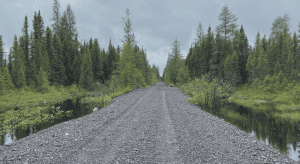
(1) Mapping and Field Surveys
(2) Difficulty Evaluation: Assess the difficulty and complexity of each trail, considering criteria such as slope, surface types, technical sections, and required skill levels
(3) Environmental Impact Study: Evaluate the environmental characteristics of the trails to determine their impact on the local ecosystem, such as erosion, soil compaction, preservation of flora and fauna, etc.
(4) Sustainable Trail Management: Propose sustainable management practices to preserve the quality of the trails and minimize their impact on the environment
(5) Development of Guides and Maps: Create detailed trail guides, including information on difficulty, points of interest, regulations, etc., as well as maps to facilitate user orientation
(6) Stakeholder Consultation: Conduct consultations with local stakeholders, such as hiking organizations, ATV clubs, local authorities, to gather feedback and ideas for trail improvement
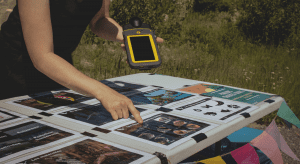
More details will be provided shortly
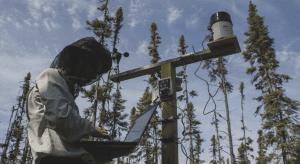
More details will be provided shortly

More details will be provided shortly
June – October
January – December
June – October
May – October
June – October
January – December
June – October
June – October
June – October
May – October
January – October
January – December
January – December
June – October
June – October
January – December
January – December
January – December